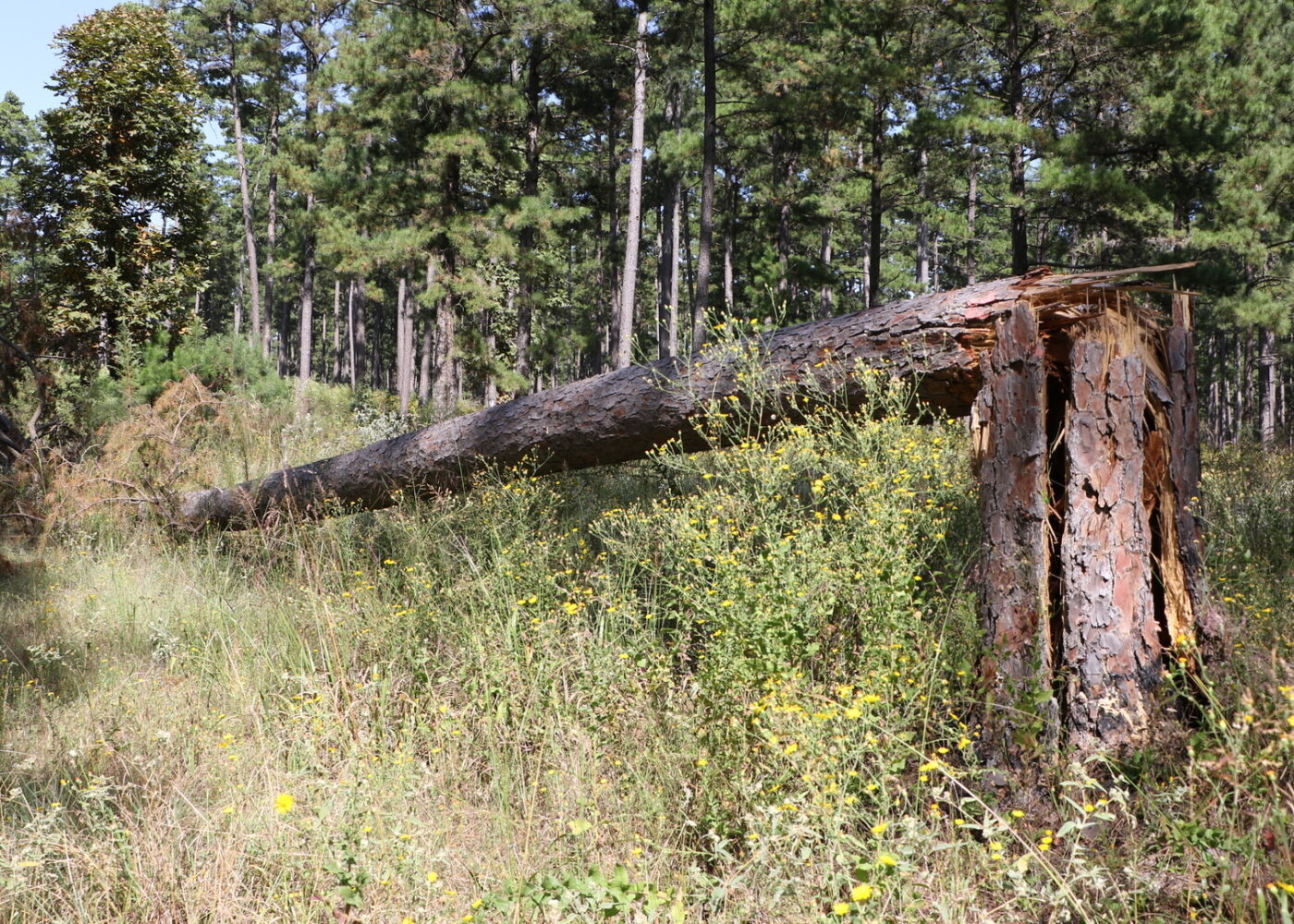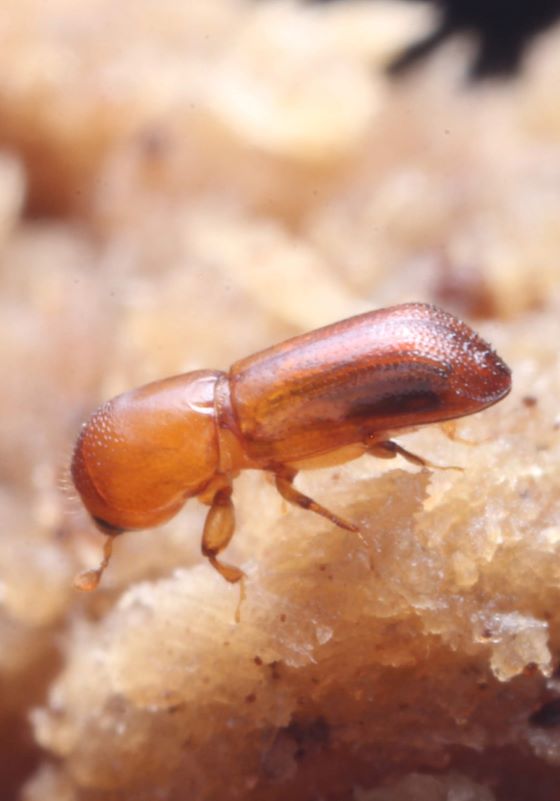Invasive species include a variety of plants, insects, and animals that have been introduced from other regions or ecosystems and cause, or are likely to cause, harm to the economy, environment, or human health. Introduction of these species into an ecosystem is often a direct result of human activity. This can include plants introduced as ornamentals, experimental introductions that escaped containment, and species accidentally introduced in imported shipping materials.
Invasive species produce a measurable impact on the environment. If left unchecked, they can threaten native species, biodiversity, ecosystem services, wildlife, water resources, agricultural and forest production, economics, and property values.
These species are a concern because they grow, reproduce, and spread rapidly, establish over large areas, and persist in the environment. Species that are invasive succeed because of their ability to thrive in favorable environments due to the lack of natural predators, competitors, and diseases that normally regulate their populations. These species also impact delicate ecosystems by outcompeting and pushing out beneficial native species.
It is important to monitor your property for invasive species and take steps to control them when possible.
Definitions
Native – a species that has evolved and occurs naturally in a region, ecosystem or habitat
Non-native – a species that does not originate in the area or region in which it was found
Invasive – a plant, animal or other organism that is non-native to a particular ecosystem and whose introduction causes or is likely to cause harm to the economy, environment or human health
Naturalized – a non-native species whose introduction into the region can be identified and is reproducing naturally but is not acting aggressive or invasive in the landscape
Endemic – a native species that is only found in one region or area


